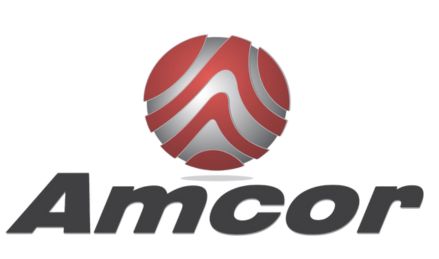Flame retardants are chemical compounds added to plastics in order to prevent, delay, or slow down combustion, reduce smoke formation, and/or prevent the material from melt collapse (anti dripping). These additives are common in numerous everyday products to avoid the ignition and burning of plastics.
The most common flame retardants are halogenated compounds, which include brominated and chlorinated types. Halogenated flame retardants are highly effective at relatively low load levels. Non-halogen, or halogen free, flame retardants are increasing in demand and include intumescents (phosphorus-based) and metallic oxides. Non-halogen flame retardants require a higher load level, and often need additional adjustments to maintain the mechanical properties of the plastic.
One must consider several factors when selecting a flame retardant. Getting to the desired performance often requires a tailored solution with several trials.
- What are the test requirements this part needs to pass (burn time, extinguish time, flame spread, smoke development, industry and government regulations, mechanical properties)?
- What polymers and additives are used in the part?
- The design, shape, and surface area of the part also play a critical role in combustion.
Flame retardant additives can be compounded with the base polymer or added during the plastic processing step. Sometimes combustion may be prevented by simply adding the flame retardant to a surface layer finish on the final product.
When plastic burns, long-chain molecules of the polymer chain are degraded into smaller hydrocarbon molecules and flammable gases, such as free radicals – a process called pyrolysis. For a fire to begin, fuel, oxygen, and an ignition source must be present. Flame retardants work by interfering or eliminating one of these key ingredients, either physically or chemically. There are a few common methods that flame retardants employ to inhibit combustion and below is a description of each.
- Gaseous Inhibition: halogenated compounds such as bromines and chlorines are compatible with many base polymers and are the most common flame retardant additives. During pyrolysis, hydrogen and hydroxide free radicals are produced. During a fire, halogenated flame retardants thermally degrade, releasing hydrogen chloride and hydrogen bromide that react with the free radicals in the flame. These newly formed free radicals include the halogens and are less reactive than the original hydrogen and hydroxide free radicals, thus, suppressing the volume of reactive gases available for combustion reactions. Also, this process slows combustion which in turn cools the system, further reducing combustion.
- Solid Char-Formation: this form of flame retardants is often comprised of non-halogen compounds using phosphorous and nitrogen chemistries. During a fire, these types of flame retardants react to form a thick, solid layer of carbon char on the surface of the plastic. This solid layer insulates and shields the plastic, creating a barrier that interrupts the combustion process by hindering the release of more reactive gases.
- Endothermic Cooling: this class of non-halogen flame retardant includes metallic oxides/ hydrated minerals, such as aluminum and magnesium hydroxides. During a fire, these flame retardants use an endothermic reaction to remove heat and release water molecules. The plastic is cooled and limits the amount of reactive gases being formed, thus hindering the combustion process. The use of hydrated compounds as flame retardants is often limited by the low decomposition temperatures of these materials since plastics processing and manufacturing often occurs at high temperatures.
There are many factors to consider when selecting the right flame retardant for a given application including the base polymer being utilized, the specific government and industry regulations and standards that must be met, as well as the desired properties of the polymer such as viscosity and density. Selecting a flame retardant can be a tricky task, which is why it is important to choose a partner, like Amcor, that has extensive expertise in various flame retardants as well as experience with state-of-the-art compounding and blending processes. Amcor will guide you through the selection process to ensure the right additives are chosen for your specific application.
Amcor
Amcor’s flame retardant additives are called “Amout” and include both halogen and non-halogen types.
Amcor is a manufacturer of polyethylene film and bags, as well as polyolefin compounds, additives, blends, and masterbatches. Amcor has grown from a single product line to hundreds of products and five product divisions. In addition to selling products, we also provide tech support, assistance with your equipment, and process recommendations.
Amcor is also a full line distributor of various chemicals, resins, and gases for the plastic industry. With warehousing and distribution facilities across the United States, Mexico, Eastern Europe and China, we service companies of all sizes and locations across multiple industries.
Amcor realizes that on time delivery, a quality product, and personal service are what it is all about. Contact us today to learn how we can assist with your next project!
